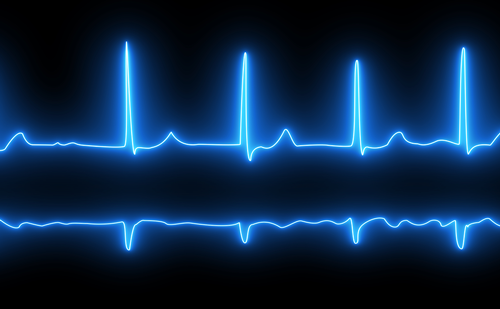Background: DC-cardioversion of atrial fibrillation may be immediate or delayed after shock delivery.
Objective: To characterize each phenomenon, the immediate or delayed reversion of atrial fibrillation.
Patients and methods: Patients with persistent atrial fibrillation who reverted to sinus rhythm with DC-cardioversion were included in this case series study. One group showed immediate reversion and the other showed delayed reversion after shock delivery. The duration of the atrial fibrillation, the ventricular rate range before reversion, the preceding drug therapy, patient weight and left atrial size were studied in these two groups of patients to see what factors affect reversion pattern.
Results: From a total of 86 patients with persistent atrial fibrillation exposed to DC-cardioversion, 77 (89%) patients reverted in to sinus rhythm were included. Fifty patients reverted immediately and 27 patients reverted lately. The average ventricular rate was faster in the immediate group of 165 versus 125 in the delayed group. The LA size is slightly larger in the delayed group. Preceding drug effect was not significant in both groups. The duration of the arrhythmia is shorter in the immediate group.
Conclusion: The delayed or immediate reversion of atrial fibrillation in to sinus rhythm with DC-shock is governed by the VR preceding the reversion, the duration of the arrhythmia and the LA size. ❑














